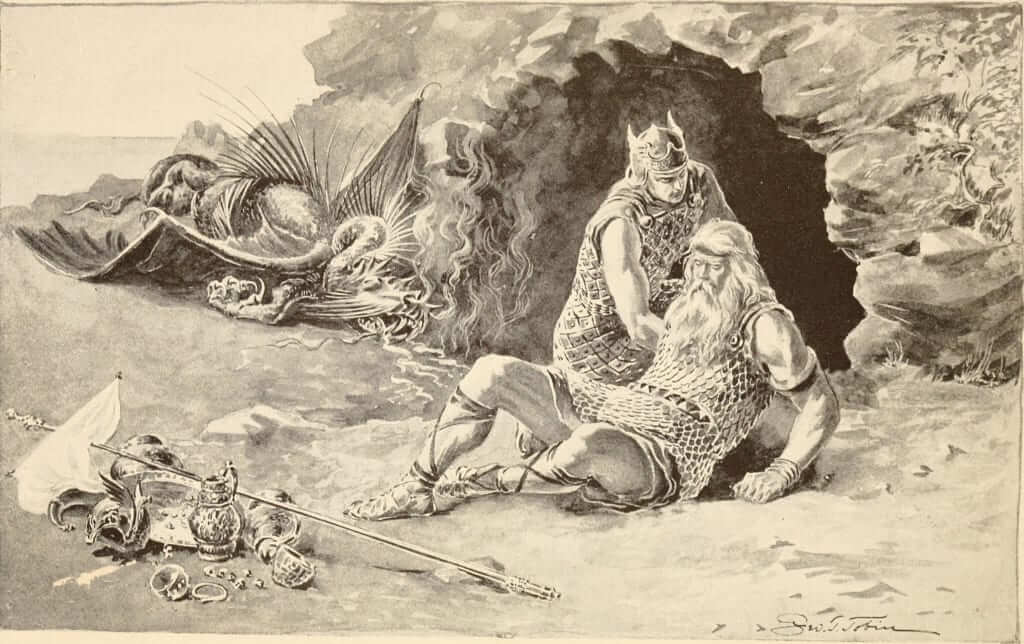Christopher Robertson is a graduate of Concord University where he studied English literature. He has an interest in the intersection of history, literature, and religion, with a particular focus on the Middle Ages to the Victorian Era. Among his favorite works are Dante's Divine Comedy and Alexander Dumas's The Count of Monte Cristo. He is an aspiring author who currently works in digital media and news in West Virginia.

